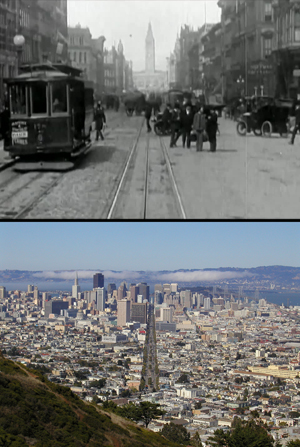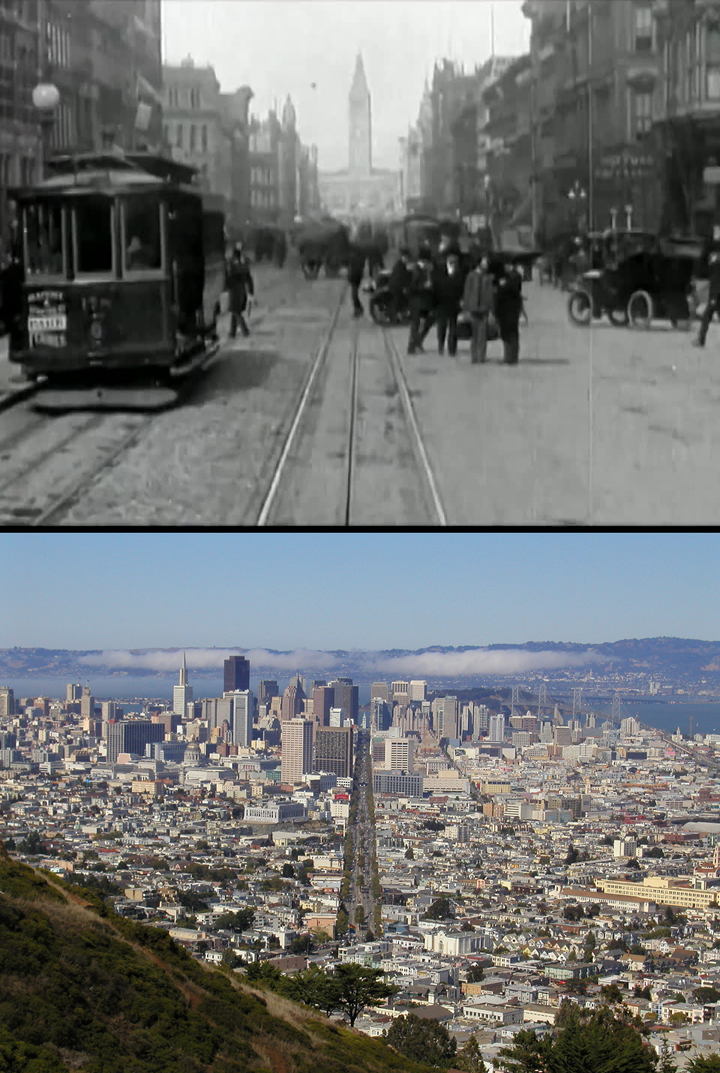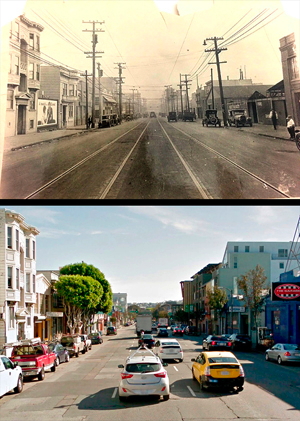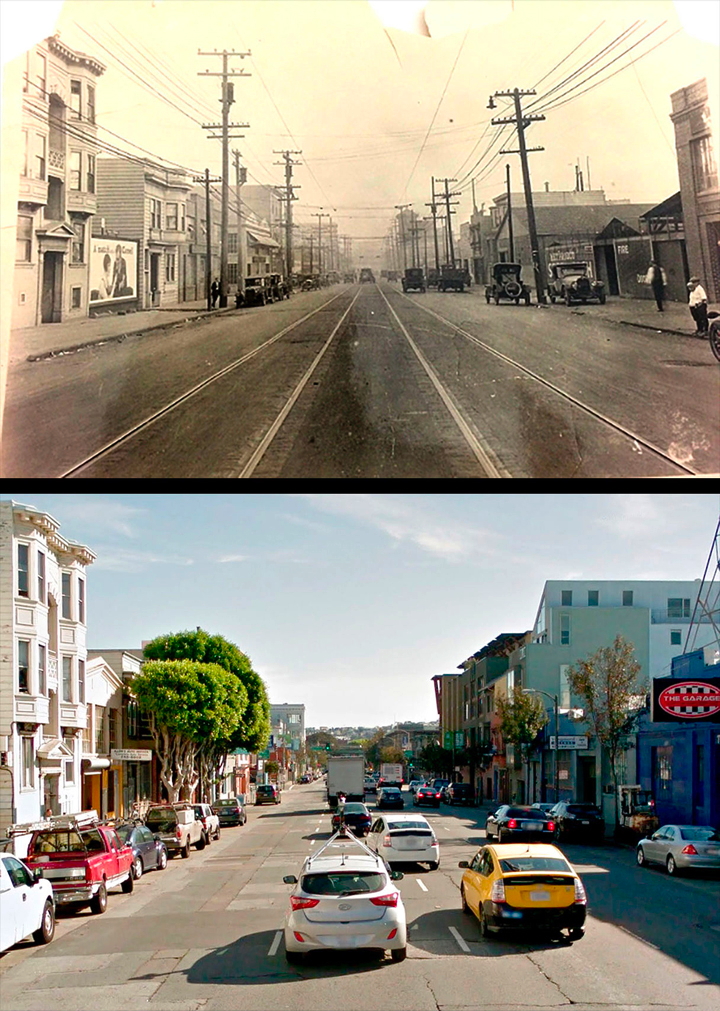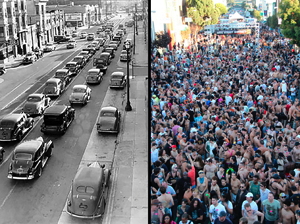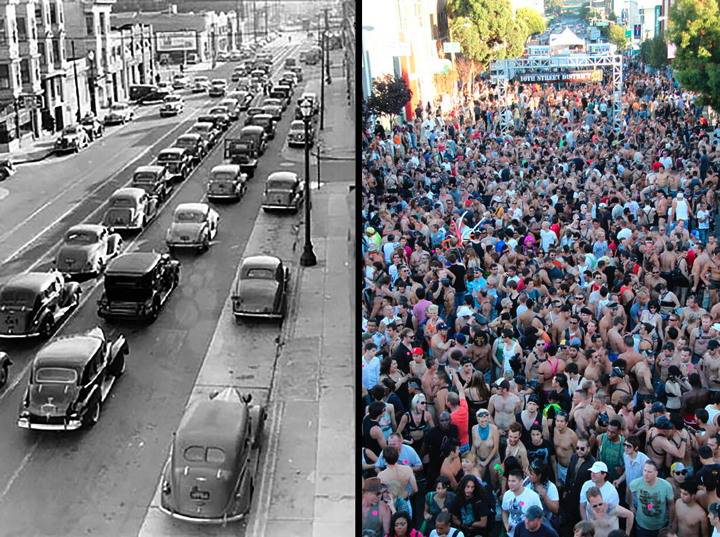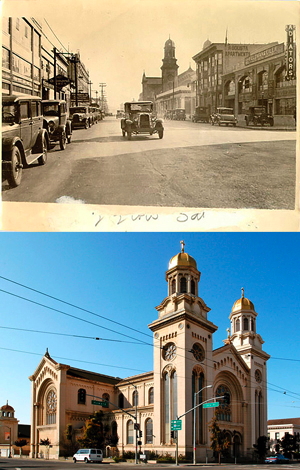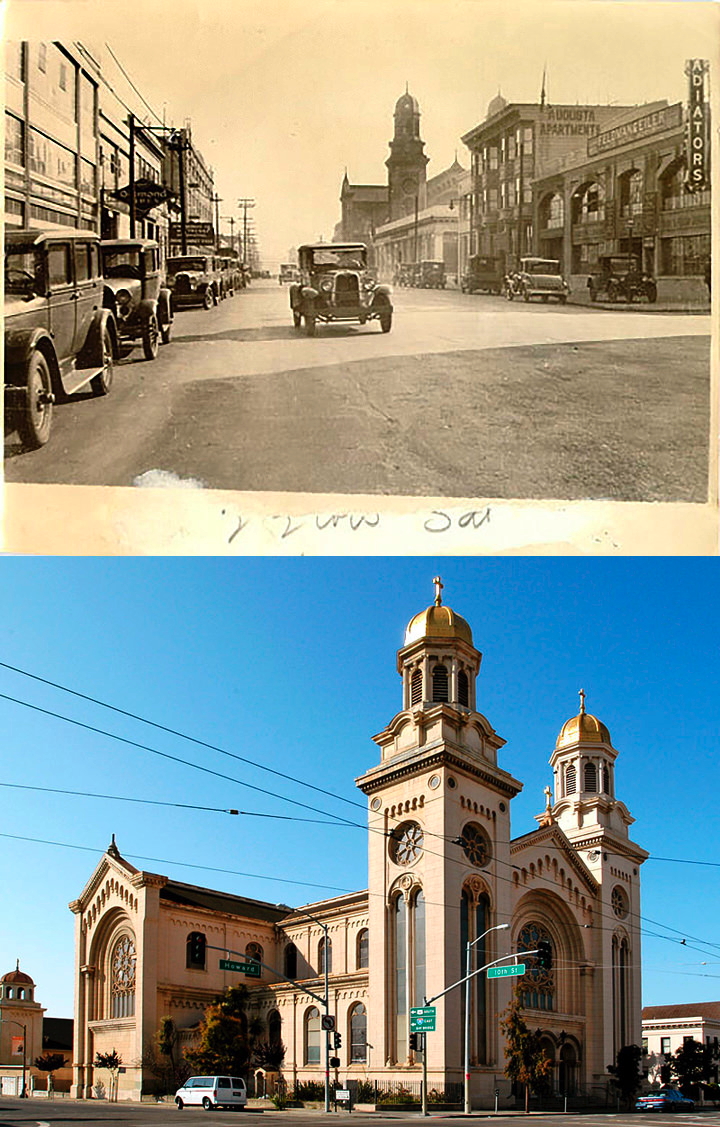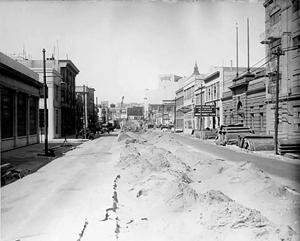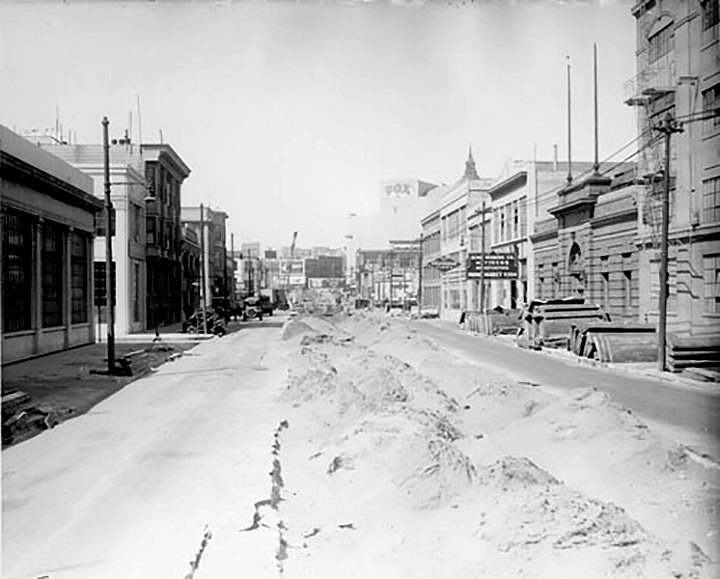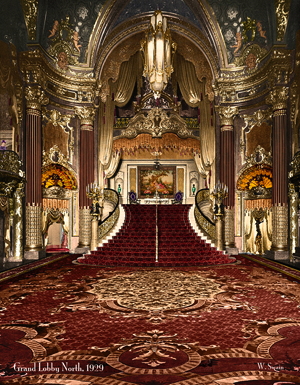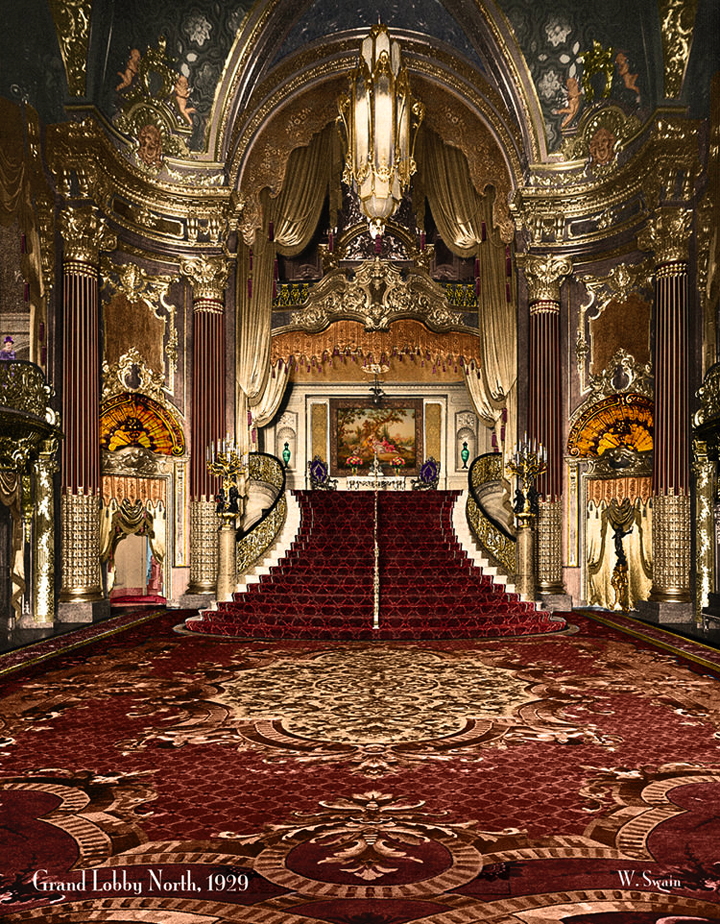To continue, you need to scroll down (or swipe) within this box to read this important message and disclaimer.
This archival blog, covering the years before, during, and after my owning Stompers Boots is a big salute and...
THANK YOU
to all the inside boot crew staff and the outside family of friends who made this journey some of the best years of my life!
There's nothing here that's for-profit, commercial, or that benefits anyone financially. By continuing, you understand that the contents of these pages are completely memorabilia, personal and are intended for friends and family only. This site, like many others, uses cookies so you can enjoy all of its features. It has content that is NSFW (Not Safe For Work). Clicking the AGREE button below means that you're over 18 and that you understand the nature of this site.
Mike McNamee, the web team and this website have absolutely no connection to the current ownership of Stompers Boots.
History of Our San Francisco Neighborhood
The store was a vibrant part of the South of Market (SOMA) scene. When we began, it was primarily a light industrial area that had become home to several gay leather bars. Clustered around Folsom Street's "Miracle Mile," there were several popular leather bars, including the Ambush, Detour, the Eagle, Febe's, the Lone Star, Ramrod, Stud and the Toolbox, among others. We had a great time at each year's Folsom Street Fair and the Dore Alley (Later called, "Up Your Alley") Fair and celebrated them with parties in our backyard. The Backyard Parties section of this site has many great photos.
SOMA existed long before all of this happened, however. Here's a bit of history of the neighborhood.
The store was a vibrant part of the South of Market (SOMA) scene. When we began, it was primarily a light industrial area that had become home to several gay leather bars. Clustered around Folsom Street's "Miracle Mile," there were several popular leather bars, including the Ambush, Detour, the Eagle, Febe's, the Lone Star, Ramrod, Stud and the Toolbox, among others. We had a great time at each year's Folsom Street Fair and the Dore Alley (Later called, "Up Your Alley") Fair and celebrated them with parties in our backyard. The Backyard Parties section of this site has many great photos.
SOMA existed long before all of this happened, however. Here's a bit of history of the neighborhood.
Our neighborhood is called "South of the Slot" because of the steel slot in the street for the underground cables for the cable cars. You can see this slot between the rails. These cables pulled the cars up and down Market Street.
Technically, there were two slots—one for each direction—but the neighborhood to the south became known as "South of the Slot." Famed author Jack London wrote about the area in his short story, "The South of the Slot." It was first published in The Saturday Evening Post, Vol. 181, May, 1909.
Above: The top photo shows a cable car on Market Street in 1906. The clock tower of the Ferry Building can be seen in the distance. This was taken just days before the 1906 earthquake and fire that devastated the city.
Below: The lower photo, taken recently, shows that although the Market Street cable cars are long gone, Market Street still forms a slot in the city's landscape.
Our neighborhood is called "South of the Slot" because of the steel slot in the street for the underground cables for the cable cars. You can see this slot between the rails. These cables pulled the cars up and down Market Street.
Technically, there were two slots—one for each direction—but the neighborhood to the south became known as "South of the Slot." Famed author Jack London wrote about the area in his short story, "The South of the Slot." It was first published in The Saturday Evening Post, Vol. 181, May, 1909.
Above: The top photo shows a cable car on Market Street in 1906. The clock tower of the Ferry Building can be seen in the distance. This was taken just days before the 1906 earthquake and fire that devastated the city.
Below: The lower photo, taken recently, shows that although the Market Street cable cars are long gone, Market Street still forms a slot in the city's landscape.
Above: Looking down Tenth Street (near Folsom) in 1925.
Below: Tenth Street recently. Some of the same buildings are still standing on the left side of the street.
Above: Looking down Tenth Street (near Folsom) in 1925.
Below: Tenth Street recently. Some of the same buildings are still standing on the left side of the street.
Left: Folsom Street, between Ninth and Tenth Streets, 1925. Dore Alley can be seen in the middle of the block, on the left.
Right: The Folsom Street Fair at Tenth Street, 2010
Left: Folsom Street, between Ninth and Tenth Streets, 1925. Dore Alley can be seen in the middle of the block, on the left.
Right: The Folsom Street Fair at Tenth Street, 2010
Above: Looking east on Tenth Street in 1930 near the intersection of Howard Street. The bell towers from the still-standing St. Joseph's Church can be seen in the distance.
Below: St. Joseph's Church now. It's been closed for many years due to damage from the Loma Prieta earthquake in 1989. It's now being refurbished and the inside is being turned into offices.
Above: Looking east on Tenth Street in 1930 near the intersection of Howard Street. The bell towers from the still-standing St. Joseph's Church can be seen in the distance.
Below: St. Joseph's Church now. It's been closed for many years due to damage from the Loma Prieta earthquake in 1989. It's now being refurbished and the inside is being turned into offices.
Street work (track removal?) on Tenth Street, looking north in 1930. Note the Fox Theater in the distance just across Market St. The theater was about a year old in this photo.
Street work (track removal?) on Tenth Street, looking north in 1930. Note the Fox Theater in the distance just across Market St. The theater was about a year old in this photo.
The north view of the lavish, luxurious, and over-the-top Grand Lobby of the Fox Theater. Built in 1929, the building was demolished in 1963 to make way for the Fox Plaza high-rise building.
The north view of the lavish, luxurious, and over-the-top Grand Lobby of the Fox Theater. Built in 1929, the building was demolished in 1963 to make way for the Fox Plaza high-rise building.
Mike McNamee, the web team and this website have absolutely no connection to the current ownership of Stompers Boots.
Stompers Archives: 1978‑2011
©2017‑2018 Maximus | Site Design by
©2017‑2018 Maximus
Site Design by
To see great photos of current LGBTQ events in the San Francisco Bay Area, check out
Steve Muench's Photopia
